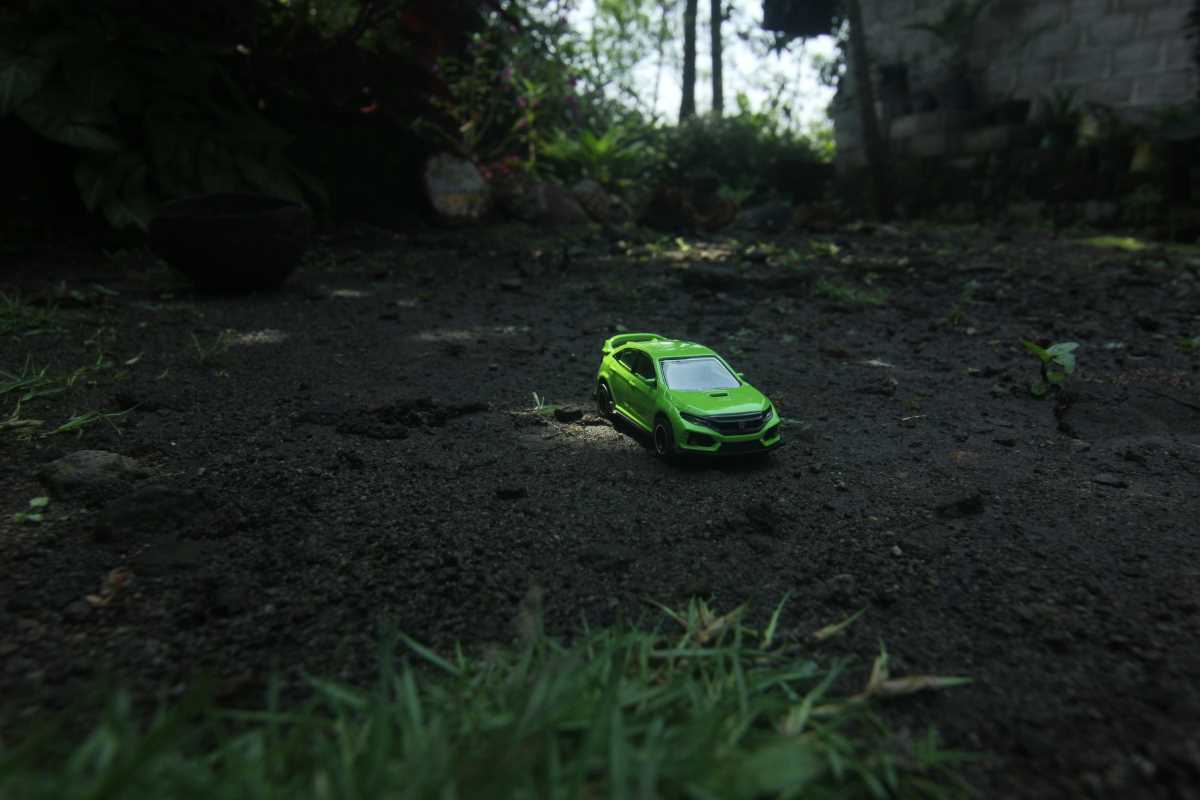The term "comprehensive" ranks among the insurance industry's most misleading misnomers. Originally called "comprehensive physical damage coverage," it was later shortened simply to "comprehensive," creating the impression of all-encompassing protection. In reality, this coverage addresses a specific set of perils that doesn't include collisions with other vehicles or objects, the very incidents most drivers worry about most. Comprehensive covers damage from fire, theft, vandalism, falling objects, natural disasters, and animal collisions, filling important gaps but falling far short of the total protection many consumers assume they're purchasing.
Misunderstandings about comprehensive coverage aren't just common, they're practically universal among drivers I meet who haven't previously filed a comprehensive claim. People hear "comprehensive" and naturally assume it means "complete" or "all-inclusive." This linguistic confusion leads to dangerous coverage gaps, unexpected out-of-pocket expenses, and often heated conversations with claims adjusters who must explain these limitations when policyholders are already stressed from dealing with vehicle damage. Clarifying these misconceptions before a loss occurs can save you significant money and aggravation.
What makes comprehensive coverage particularly tricky is that its limitations aren't standardized across the industry. While the basic peril categories (theft, fire, etc.) remain consistent, the specific exclusions, coverage sublimits, and claims procedures vary dramatically between insurance companies. A comprehensive policy from one insurer might cover custom parts up to $5,000, while another caps this coverage at $1,000 or excludes it entirely. Similarly, rental reimbursement following a comprehensive claim might be automatically included by some insurers but available only as an optional endorsement from others.
Comprehensive Doesn't Cover Collision Damage
The most fundamental limitation of comprehensive coverage, and the one that causes the most confusion, is that it provides no protection whatsoever for collision damage. If you hit another vehicle, back into a pole, slide into a guardrail during a snowstorm, or have any other accident involving collision with an object or vehicle, comprehensive coverage won't pay a penny toward repairs. These incidents fall exclusively under collision coverage, which is an entirely separate protection that must be purchased independently of comprehensive.
This coverage division creates particular confusion in borderline scenarios that seem like they could fall under either category. For example, if you swerve to avoid hitting a deer and instead hit a tree, that's a collision claim, not comprehensive, even though the initial hazard was an animal. Conversely, if you actually hit the deer, that's a comprehensive claim rather than collision, as animal strikes are specifically categorized as comprehensive perils. These distinctions might seem arbitrary, but they have significant implications for your out-of-pocket costs since many policies have different deductibles for comprehensive and collision coverage.
Most concerning are situations where drivers confuse "full coverage", an informal term typically meaning the combination of liability, comprehensive, and collision, with comprehensive coverage alone. I've encountered numerous clients who believe they have "full coverage" because they purchased comprehensive, not realizing they've declined collision protection entirely. This misunderstanding often becomes apparent only after an accident when they discover they have no coverage for their vehicle's damage, creating financial hardships that proper education could have prevented.
The Reality of Actual Cash Value and Depreciation
Even when a loss clearly falls under comprehensive coverage, many drivers remain unprepared for how depreciation affects their claim settlement. Comprehensive coverage typically pays the actual cash value (ACV) of your vehicle or damaged components at the time of loss, not the replacement cost and certainly not what you originally paid. This depreciated value calculation can result in settlement amounts dramatically lower than what you'd need to replace the vehicle or repair it with new parts, especially for older vehicles or those that depreciate rapidly.
The depreciation impact becomes particularly evident with partial losses involving components that wear out over time. For example, if hail damages your five-year-old convertible top, comprehensive coverage won't pay for a brand-new replacement. Instead, the insurer will determine the depreciated value of a five-year-old convertible top and base the settlement on that amount, minus your deductible. The resulting payment may cover only a fraction of the replacement cost, leaving you responsible for the difference, often thousands of dollars for specialized components.
Key items commonly subject to significant depreciation in comprehensive claims:
- Convertible tops and sunroofs
- Paint and exterior finishes
- Entertainment and navigation systems
- Special wheels and custom components
- Upholstery and interior materials
The gap between ACV settlements and replacement costs grows particularly wide for vehicles that are fully functional but older or high-mileage. For example, if your well-maintained 12-year-old sedan with 150,000 miles is stolen, the comprehensive settlement might be only $3,500 based on its depreciated value, nowhere near enough to replace it with a similar vehicle in today's market, let alone a newer model. This reality explains why many drivers feel undercompensated after comprehensive claims, even when insurers have correctly applied the policy terms.
Deductibles and Their Impact on Small Claims
Comprehensive coverage always includes a deductible, the amount you're responsible for paying before insurance benefits begin. While many consumers understand this concept generally, they often fail to consider how deductibles practically impact different types of comprehensive claims. The standard comprehensive deductibles of $500 or $1,000 mean that smaller claims may result in partial reimbursement or no payment at all if the damage falls below your deductible threshold.
Vanishing deductibles and deductible waivers create additional complexity in understanding your true out-of-pocket exposure for comprehensive claims. Some insurers offer programs where your deductible decreases over time with claim-free driving, potentially reaching zero after several years. Others provide deductibles waivers for certain scenarios, like windshield repairs (as opposed to replacement) or total theft recoveries. These variations make it essential to understand your specific policy's deductible structure rather than making assumptions based on general knowledge or previous insurance experiences.
Exclusions and Sublimits for Specialized Items
Standard comprehensive coverage contains numerous exclusions and sublimits that often surprise policyholders when they file claims. Among the most common are limitations on custom parts and equipment (CPE), which include aftermarket modifications like specialized audio systems, custom wheels, lift kits, performance enhancements, and decorative additions. Most policies include minimal CPE coverage, typically $1,000 or less, unless you've purchased additional endorsements specifically covering these items.
Electronic equipment presents another area of significant limitation in standard comprehensive coverage. Factory-installed systems generally receive full coverage (subject to depreciation), but portable devices or aftermarket installations often have strict sublimits. For example, your policy might limit coverage for non-factory stereo equipment to $500 or exclude portable navigation devices entirely. These limitations apply even when the equipment was permanently installed in the vehicle, creating substantial coverage gaps for tech-heavy vehicles with significant aftermarket upgrades.
Perhaps the most overlooked limitation involves unique items like custom paint jobs, vinyl wraps, truck bed liners, and similar specialized features. Many policies exclude these items entirely or apply significant sublimits unless you've specifically declared them and purchased appropriate endorsements. Custom colors, graphics, and specialty finishes are particularly problematic, as insurers may cover only the cost of a standard factory paint job rather than the specialized finish your vehicle had before the damage occurred, leaving you to pay the difference for anything beyond basic restoration.
Time Limitations and Procedural Requirements
Comprehensive coverage includes strict time limitations and procedural requirements that can invalidate otherwise valid claims if not followed. Most policies require you to report theft or vandalism to police within 24-72 hours to maintain coverage eligibility. Similarly, claims must typically be reported to your insurer within a specified timeframe, often 30 days from the incident, or coverage may be denied regardless of the damage's legitimacy. These requirements exist to prevent fraud but can create hardships for policyholders who discover damage late or delay reporting for legitimate reasons.
Perhaps most significant is the limitation on how long you have to complete repairs after receiving a comprehensive claim payment. Most policies include provisions requiring repairs to be completed within a specific timeframe, typically six months to one year, or require you to inform the insurer if you choose not to repair the vehicle. Failing to complete repairs can affect coverage for subsequent claims, as new damage may be difficult to distinguish from pre-existing damage, potentially resulting in reduced settlements or denied claims for areas previously damaged but not repaired.
Enhancing Your Protection Beyond Standard Comprehensive
Understanding comprehensive coverage's limitations empowers you to make informed decisions about enhancing your protection through additional endorsements and complementary policies. For vehicles with significant modifications or customization, custom parts and equipment endorsements provide essential protection beyond the minimal coverage included in standard comprehensive policies. These endorsements typically allow you to specify a higher coverage limit for aftermarket components and may provide replacement cost coverage rather than actual cash value for these items.
For those seeking the most complete protection, replacement cost value policies eliminate the depreciation issue entirely for newer vehicles. These specialized policies, available primarily for new or recent-model vehicles, pay to replace your stolen or totaled vehicle with a new one of the same make and model, regardless of depreciation. While significantly more expensive than standard comprehensive coverage, these policies eliminate the most frustrating aspect of comprehensive claims: receiving a settlement insufficient to restore you to your pre-loss position with a comparable vehicle.







